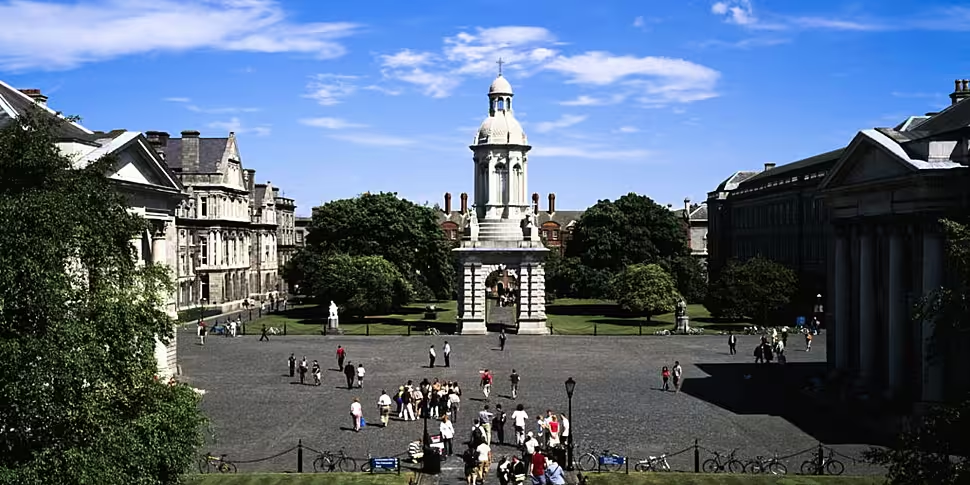There are half as many students from disadvantaged areas in higher education as there are from richer areas.
New data from the Higher Education Authority (HEA) shows that for every five students from disadvantaged areas, ten are from affluent areas.
The study investigated where students all over the country are living and assigned Deprivation Index Scores (DIS) to each geographical area.
It found that Trinity College in Dublin has the highest proportion of students from affluent areas.
Meanwhile Trinity is joined by UCD and the RCSI in having the lowest proportion of students from disadvantaged areas.
One-quarter of students at Letterkenny Institute of Technology come from disadvantaged areas based on the data, the highest level in the country.
On Newstalk Breakfast this morning, HEA Head of Access Policy Caitríona Ryan said the study shows that “the Higher Education population is more affluent than the general population.”
She said women form poorer areas are more likely to go to higher education than men.
“If you are from a disadvantaged area and you are male, you are less likely to go to higher education than if you are female,” she said.
“Of course we want to increase the equity of access for everyone to go on to higher education but I think we need to understand the data sets a bit more and to interrogate the reasons why this is happening and where young males from disadvantaged areas are going.
“It is important to point out that there are other opportunities and other pathways – apprenticeships, further education opportunities and also the labour market. These offer equally valid and worthwhile opportunities.
“It has been great to see apprenticeships increase in recent years and there have been a whole range of new apprenticeships that have come on stream and apprenticeships traditionally have been overwhelmingly male
“But the important thing is, we need to understand where are young males going and ensure there are no barriers there preventing them from accessing higher education if that is the pathway they would prefer to take.”
The HEA study also found that courses like finance, banking and medicine have the highest proportion of students from richer areas, while childcare has the highest proportion of students form disadvantaged areas.
The Higher Education Minister Simon Harris said: “This is a really valuable and important piece of work.”
“Since my appointment, I have made it clear that it is my ambition to ensure third level education is accessible to everyone, regardless of age, race, geography or gender,” he said.
“In order to achieve that aim, we must ensure that our policies strengthen the participation of students in higher education and to do that, we need accurate data and evidence.”
You can listen back to Ms Ryan here:









